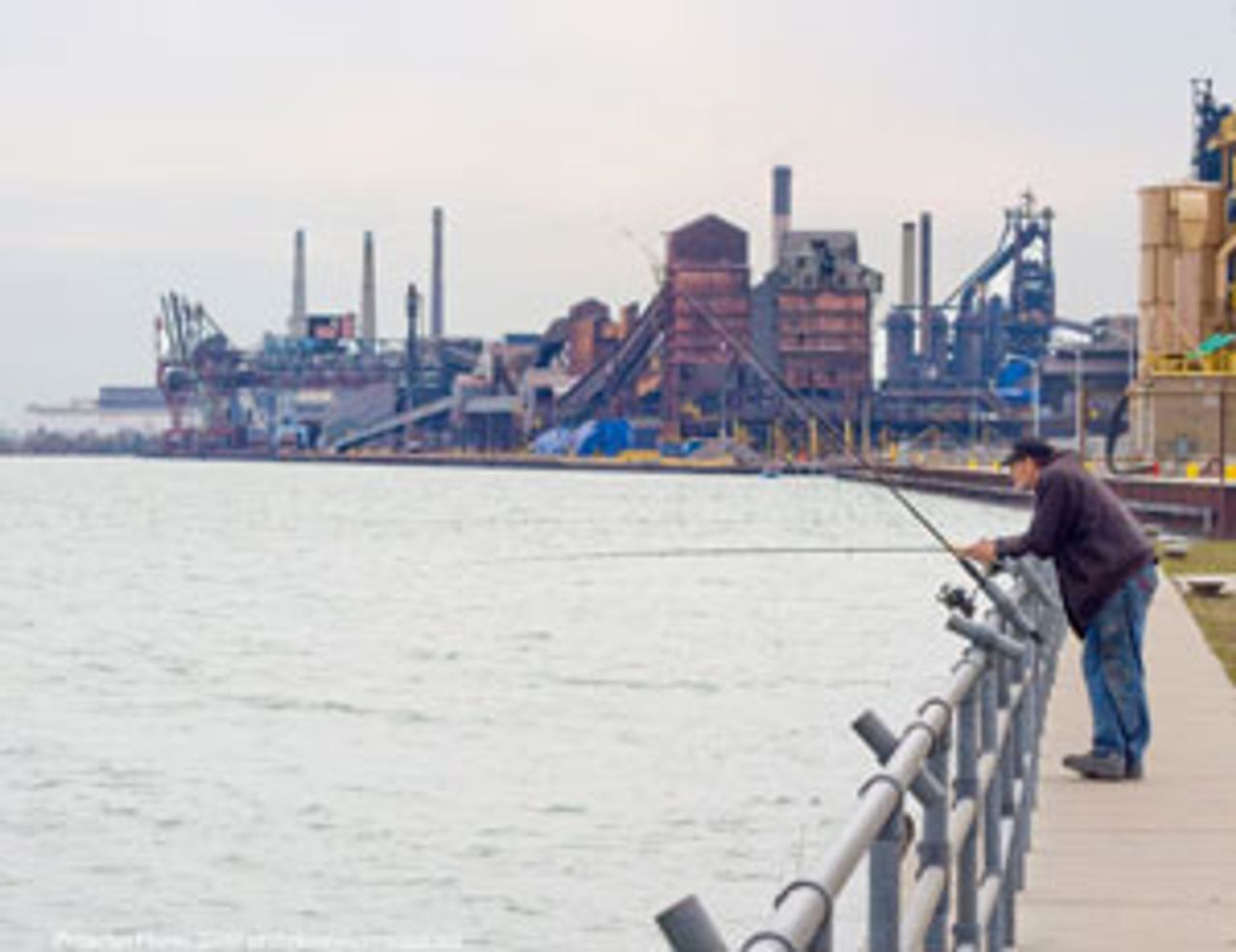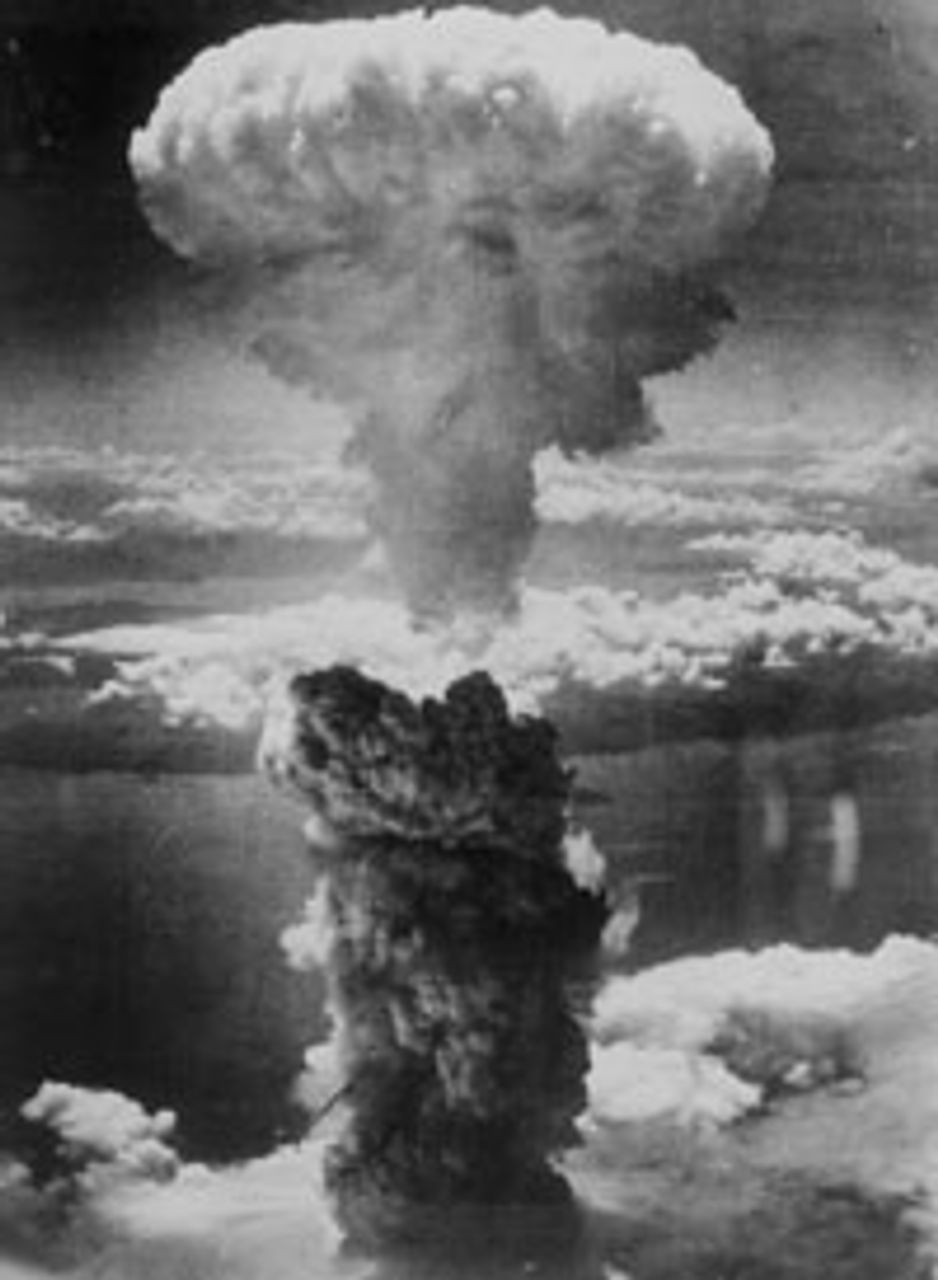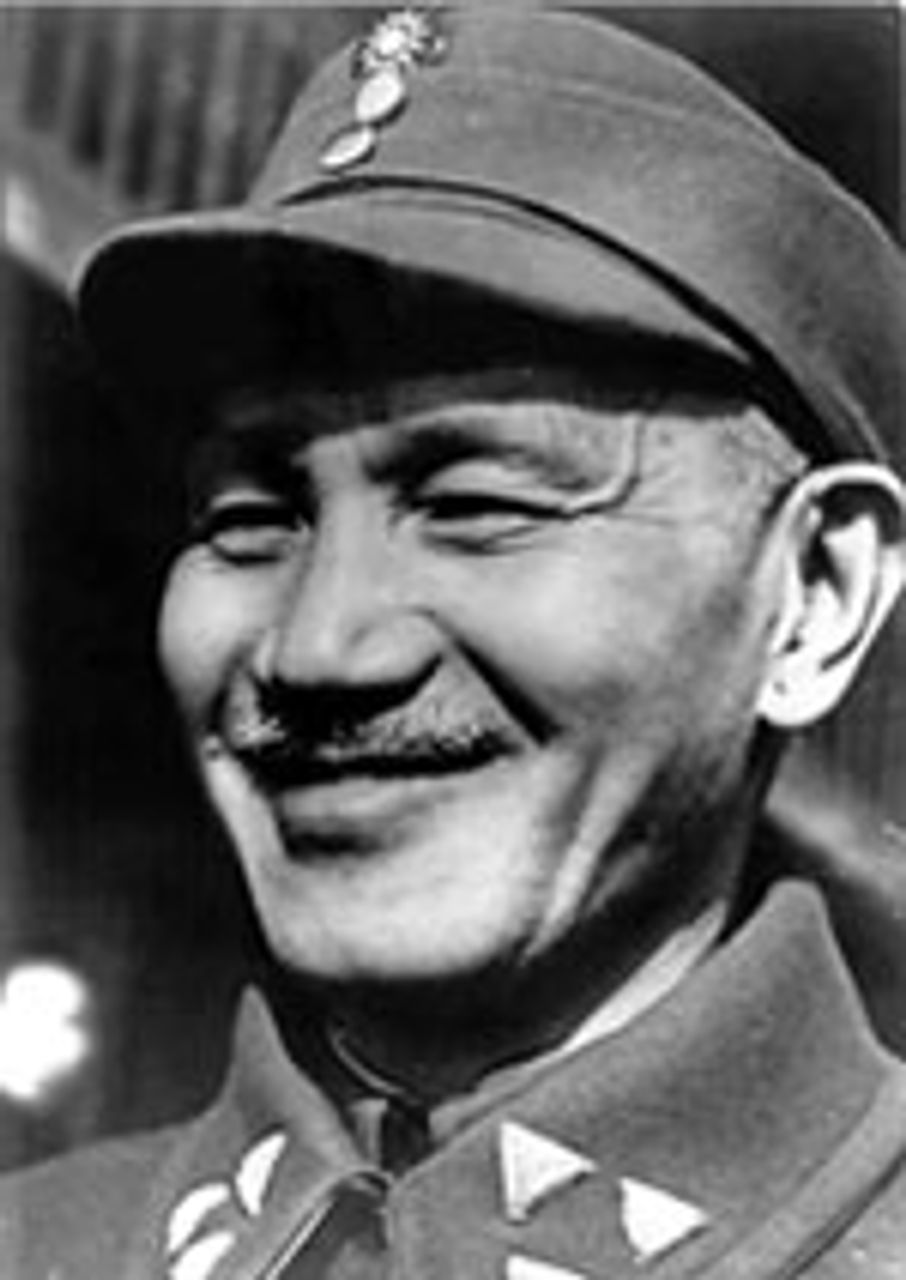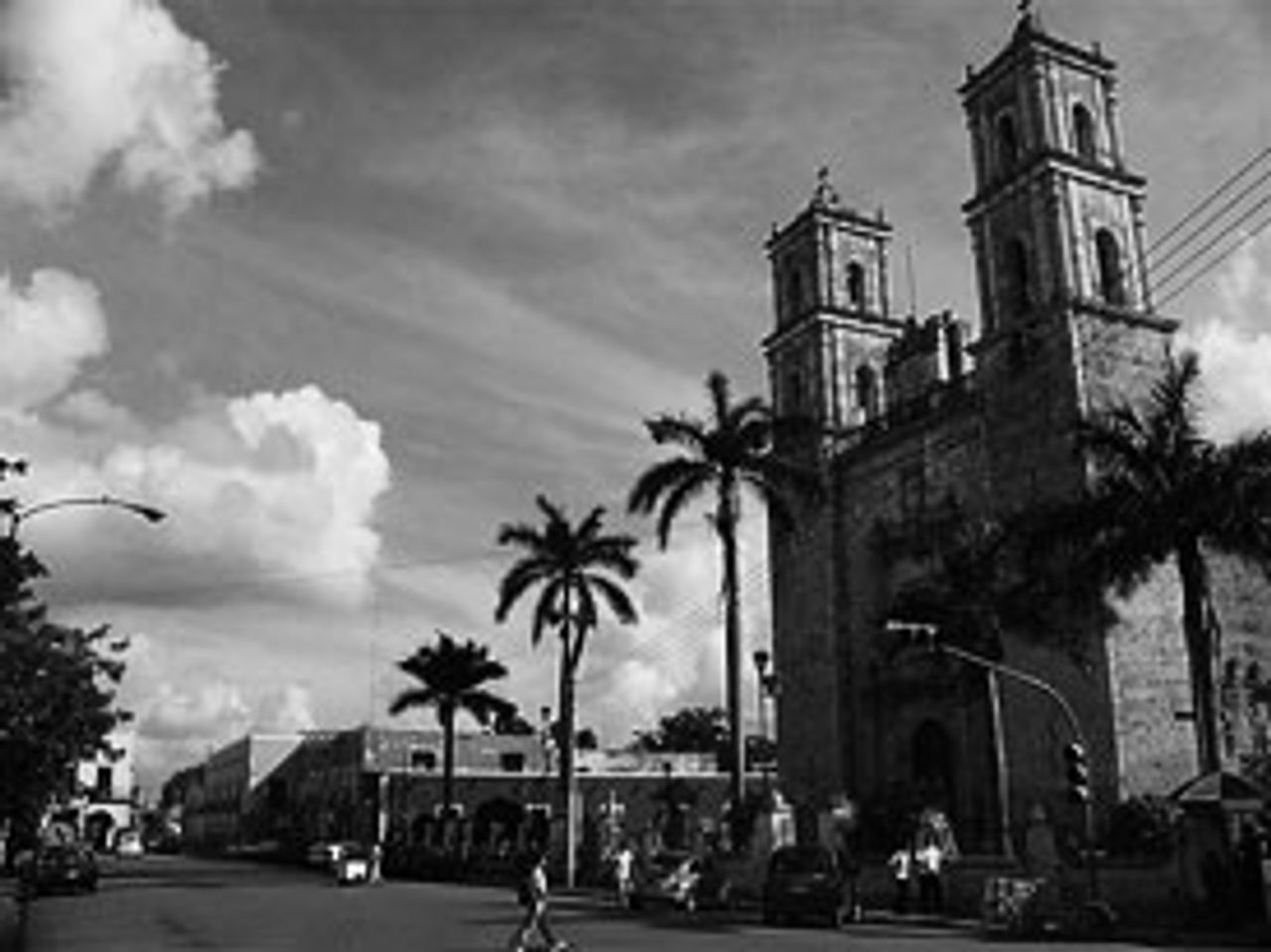This Week in History provides brief synopses of important historical events whose anniversaries fall this week.
25 Years Ago | 50 Years Ago | 75 Years Ago | 100 Years Ago
25 years ago: 2.3 million US factory jobs lost since 1980
 Closed down steel plant, Zug Island, Detroit
Closed down steel plant, Zug Island, DetroitA US Labor Department report published this week in 1985 revealed that over 8 million jobs had been lost since 1980. Hardest hit was factory employment, where 2.2 million jobs had been shed. The steel industry by itself had purged nearly 400,000 jobs, resulting in the devastation of cities like Gary, Indiana and Pittsburgh, Pennsylvania.
Six major industrial states had each lost more than 500,000 jobs, among them Illinois (1.3 million), Pennsylvania and Ohio (1.1 million each), Michigan (962,000), New York (676,000), and Indiana (517,000). “Probably 90 percent of these jobs will never come back,” commented one analyst. “They’re gone for good.”
The job losses were only partially offset by a boom in low-paid service sector employment.
“These figures are of historic significance,” wrote the Bulletin, predecessor of the World Socialist Web Site. “They irrefutably establish that the real content of the much-touted Reagan ‘recovery’ has been the unstoppable decay of the capitalist system. Behind the gaudy veneer of consumer spending and paper profits generated on Wall Street, the objective industrial foundation of the capitalist economy is collapsing.”
The same week as the jobs figures were released saw major shocks in the financial sector. Argentina teetered on the brink of a sovereign debt default, a leading Hong Kong bank collapsed, and a $1.5 billion Los Angeles savings and loan bank went bankrupt.
50 years ago: Mass protests in Japan over Eisenhower visit
 Mushroom cloud over Nagasaki, 1945
Mushroom cloud over Nagasaki, 1945US-Japanese relations faced their greatest crisis since World War II this week in 1960 over a scheduled visit by US President Dwight Eisenhower, which came soon after the approval of a security pact that was widely opposed among Japanese workers and youth.
The buildup to the visit was punctuated by a series of large-scale protests, mainly led by students, outside the Japanese Diet and the US embassy. On June 9, a car carrying US Ambassador Douglas MacArthur II and White House Press Secretary James Hagerty was surrounded by hundreds of rock-throwing students at Tokyo’s airport. The two were rescued only after an hour and twenty minutes by a US Marines helicopter.
Largely dictated by Washington and passed over mass opposition at midnight on May, 19, 1960 by the cabinet of Nobusuke Kishi, the security treaty imposed US military bases for another decade. Many feared that it would make Japan a target in a nuclear war.
The Japanese—the only people to suffer the consequences of nuclear bomb attack—were also horrified by the recent revelations that American U-2 reconnaissance flights were violating Soviet airspace. One of these planes had shortly before made an emergency landing in Japan.
75 years ago: Chiang Kai-shek recognizes Japanese control over northern China
 Chiang Kai-shek
Chiang Kai-shekOn June 9, 1935 Generals Yoshijiro Umezu of Japan and Ho Yingqin of China concluded an agreement by which Chiang Kai-shek’s Kuomintang government formally recognized Japanese control over large sections of northern China. The pact, which came to be known as the Ho-Umezu Agreement, also banned anti-Japanese organizations and stipulated that Chinese forces be withdrawn from Hopei.
Chiang’s capitulation to Japanese demands discredited his “nationalism.” He was, in fact, primarily concerned with putting down Mao Zedong’s peasant-based Red Army, with preparations for a major new assault already well underway.
Japanese imperialism had been asserting its interests in China with military action throughout the 1930s based on its Amau Doctrine, which proclaimed Tokyo’s right to preserve peace in Asia by uniting China, Japan and Manchuria under the rule of the Japanese Empire.
While Japan’s civilian government spoke of peace in Asia, its Kwantung military continued to seize new territories in the north of China by force. Using the assassination of the heads of two pro-Japanese newspapers as a pretext, the Kwantung had initiated a campaign to capture the northern provinces of Hopei, Chanhar, Suiyan, Shantung and Shansi in May of 1935.
100 years ago: Mexico puts down Mayan uprising in Yucatan
 Valladolid, Mexico
Valladolid, MexicoOn June 8, a detachment of Mexican national guardsmen succeeded after a fierce battle in repulsing thousands of Mayan insurgents from the administrative town of Valladolid in the Yucatan peninsula. Earlier, on June 5, some 2,000 Mayans had invaded the city, killing all of its top administrative officials, seizing arms, cutting telegraph lines, and ripping up railroad track.
It was the latest episode in the Yucatan’s long “caste war,” which had started in 1848 and had killed tens of thousands in the ensuing decades.
Mexican independence proclaimed legal equality for all, but the Spanish caste system remained. At the top were whites, followed by mix-raced Mestizos, with the Indios on the bottom.
Planters in the Yucatan kept the native population, which may have numbered two million in 1910, in a state of debt peonage that bordered on slavery. A civil code allowed Mayans to be sold as laborers for committing any number of minor offenses. These laws were enforced by a local political elite controlled by the agricultural interests. This labor system was ultimately enforced by extreme violence.
The rebellion was another manifestation of growing turbulence in Mexican society on the eve of revolution. The same week, the government of Porfirio Diaz launched legal charges against Francisco Madero, Diaz’s main rival for power.
